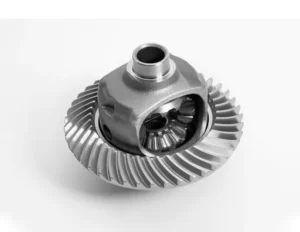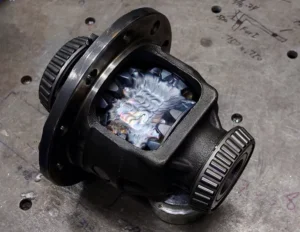
With the continuous advancement in automotive technology, vehicle safety and handling have become paramount concerns for both consumers and manufacturers. The Brake Actuated Limited Slip Differential (BALSD) stands out as an innovative solution in vehicle dynamic control systems, widely implemented in modern cars. This article delves into the working principle of BALSD, its advantages, and its distinctions from other types of limited slip differentials.
Working Principle
The Brake Actuated Limited Slip Differential operates by utilizing the vehicle’s brake system to achieve the limited slip function. When a vehicle travels on low-traction surfaces such as wet, muddy, or snowy roads, one wheel may lose grip and start to slip. The BALSD, through the vehicle’s electronic control system (like Electronic Stability Control, ESC, or Traction Control System, TCS), detects the slipping wheel and automatically applies brake force to it, reducing its speed and redistributing power to the wheels with better traction. This process enhances the vehicle’s overall traction and stability.
Technical Advantages
Cost-Effectiveness
Simple Maintenance
Rapid Response
Enhanced Safety
Differences from Other Limited Slip Differentials
Torsen Limited Slip Differential (Torsen LSD)
Torsen LSD utilizes an internal gear mechanism to achieve the limited slip function. It is characterized by its purely mechanical structure, requiring no electronic control, and offers quick response. It is suitable for high-performance and off-road vehicles.



